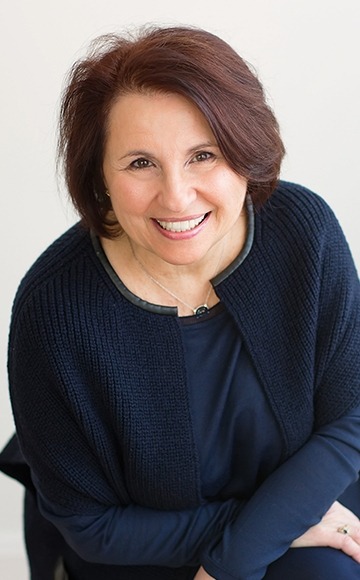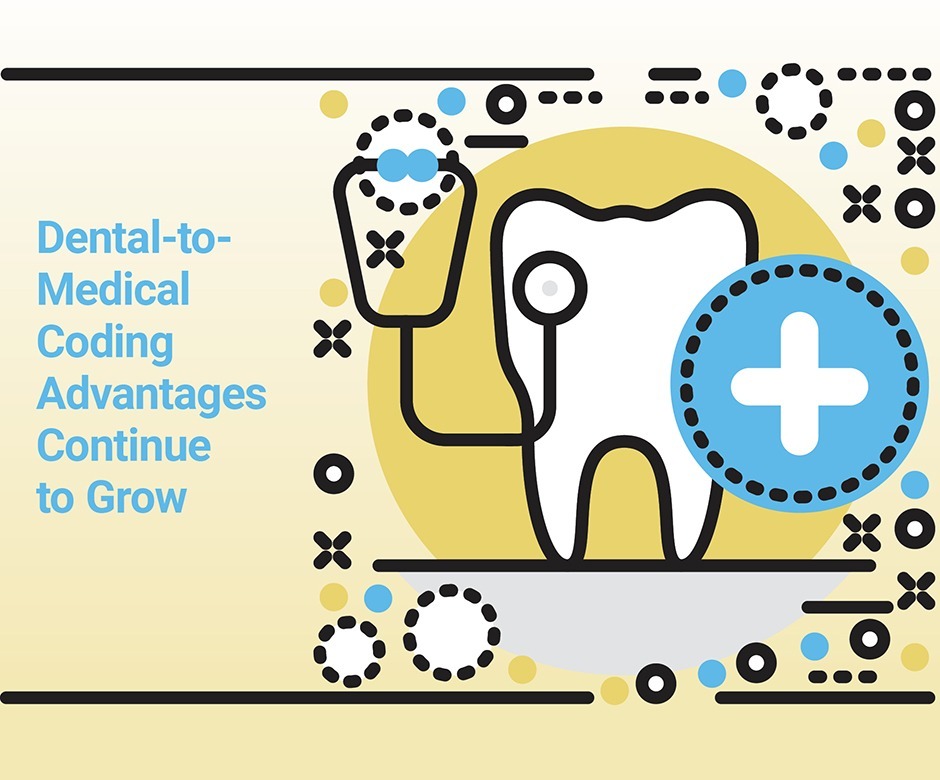The demand for medical coders is at a historic high. Fueled by the healthcare needs of an aging “baby boomer” population, the U.S. Bureau of Labor Statistics lists medical coding among the 20 fastest growing occupations, with job opportunities for professional coders projected to grow 18.2% by 2028.
With increased knowledge of the effects of oral cavity conditions on other parts of the body, we are seeing more medical billing in dental than ever. Baby boomers now have increased access to dental coverage through Medicare Advantage Plans, through both dental and medical plans. Additionally, many dental plans now offer more visits to the dental office for patients with high-risk medical issues such as diabetes. Measures like these reflect a growing understanding that patients can stay healthy and live longer lives with these added visits.
The hard-won lessons of the pandemic have brought even more attention to the systemic links between dental and medical health. After a year’s worth of daily news relating to disease transmission and infections, the understanding and need for medical billing in dental practices has become a standard that most patients recognize and expect. On our Dental Medical Billing website, an added section where dental offices that are trained in medical billing can advertise has proven to be an immensely popular resource.
There are also a growing number of courses, books and articles about dental/medical systemic issues, such as “Balance: A Guide to Managing Dental Caries for Patients and Practitioners” by V. Kim Kutsch DMD and Robert J. Bowers. One key takeaway from the literature is that high-risk patients without dental plans or in need of extended treatments may require medical intervention in the form of prescription/professional oral treatment and collaboration between dental and medical practitioners.
Seeing a growing need to bridge some gaps between the two, credentialing courses are beginning to appear on dental-to-medical cross-coding. Credentialing courses and associated tests can be attained through these new courses. These credentials represent the gold standard in medical coding, billing, auditing, documentation, compliance and practice management, and are nationally recognized by employers, medical societies, government organizations, and hospitals to bring a higher rate of payments due to the knowledge of the coder.
Many dental practices which find themselves adding treatments that can be billed to medical can benefit from this higher level of education. These courses will enrich the practice—not just by maximizing reimbursements and avoiding costly compliance mistakes, but also by increasing the access and affordability of treatments that patients may not otherwise consider. Many providers now seek a team member with these skills to handle their billing, but also see the value of having someone on the team with the training to tell a good medically billing patient from one who is not. Knowledge is powerful.
Just think about the amount of medical that has become part of dental practices today: CBCT Scans, oral saliva tests, and now vaccines and tests for COVID-19. I expect the presence of medical to continue to grow in importance for dental practices, especially since many patients responding to surveys have indicated the desire for one insurance plan that covers all treatments.

Christine Taxin is the founder and president of Links2Success, a practice management consulting company to the dental and medical fields. She has taught dental and medical for dental billing seminars and webinars, sharing her 25 years of practice management experience.
FMI: To learn more about Christine’s certified dental-to-medical biller credential program, visit: dentalmedicalbilling.com/credentials-program
Read more from Christine:

